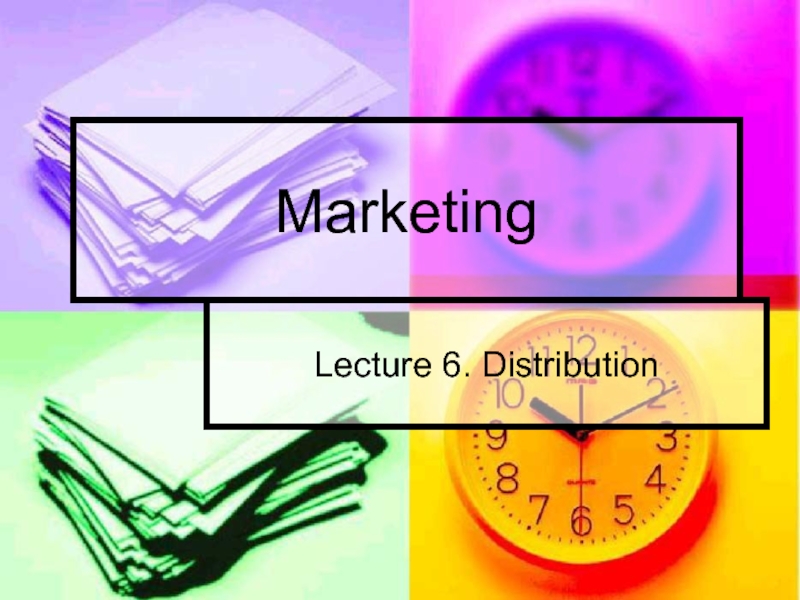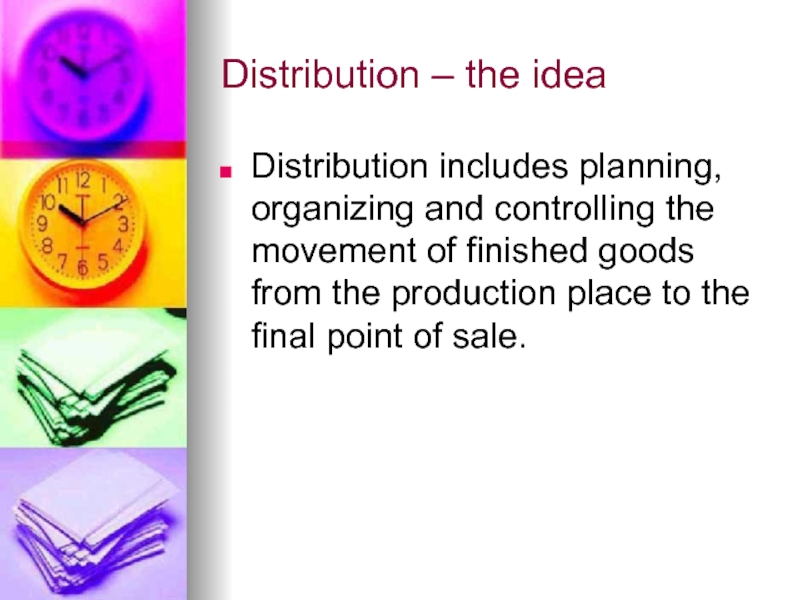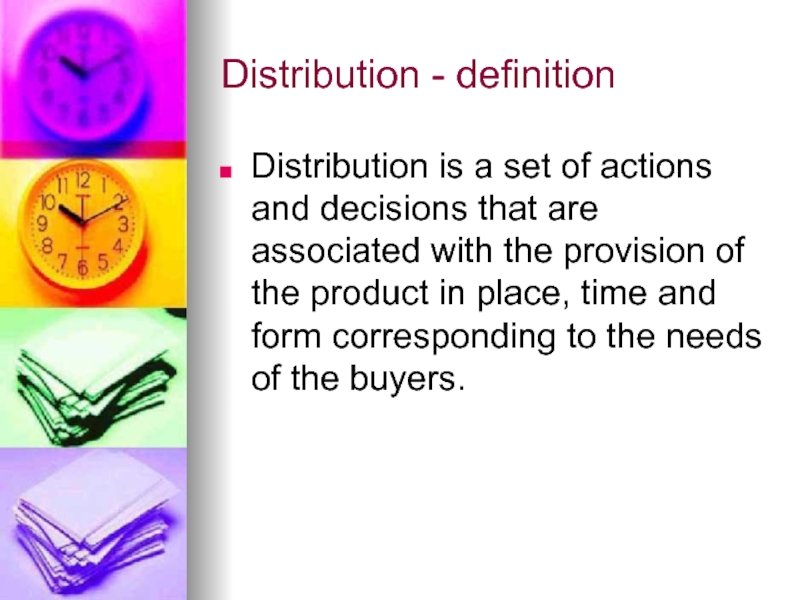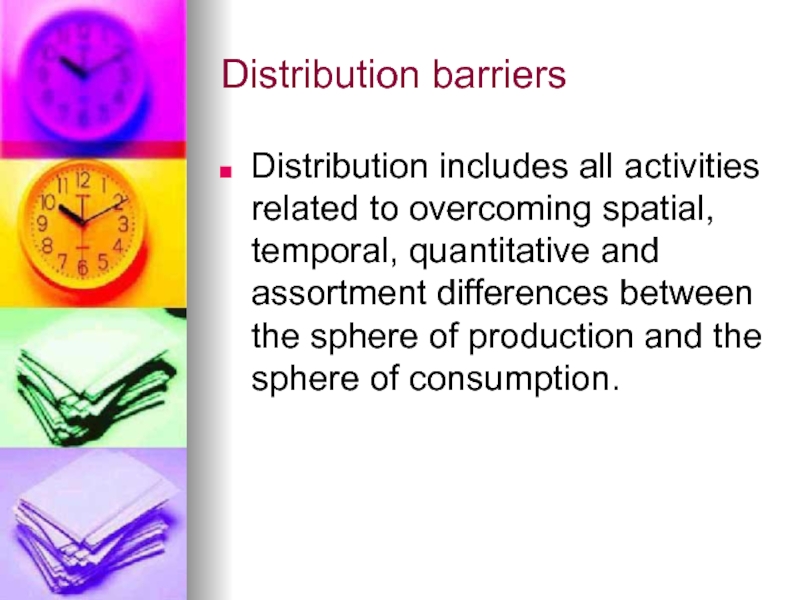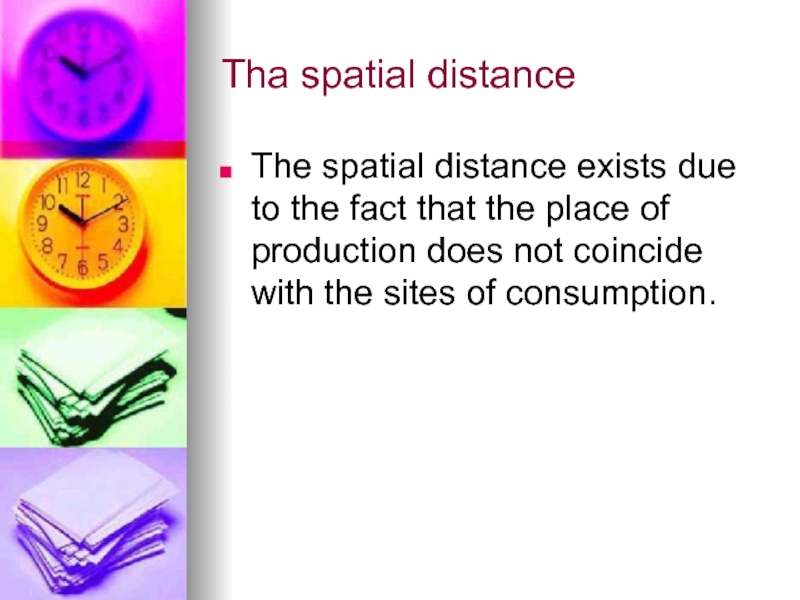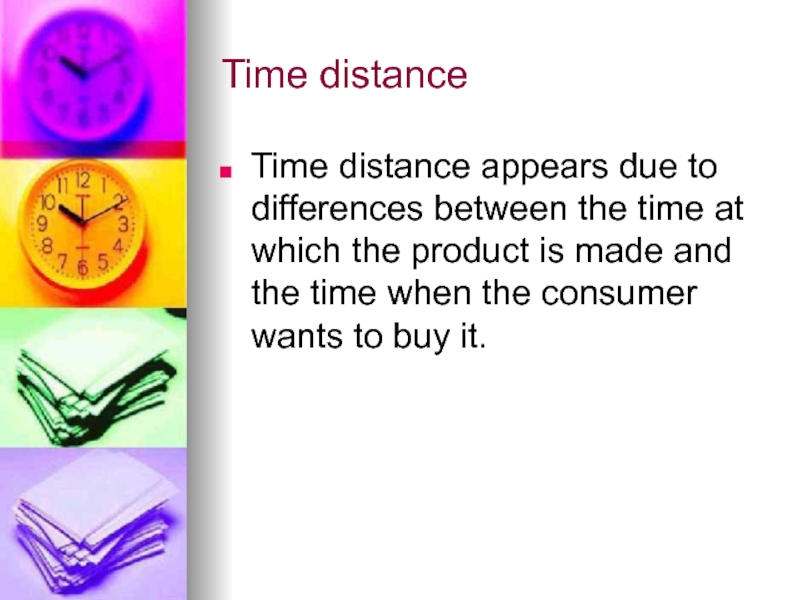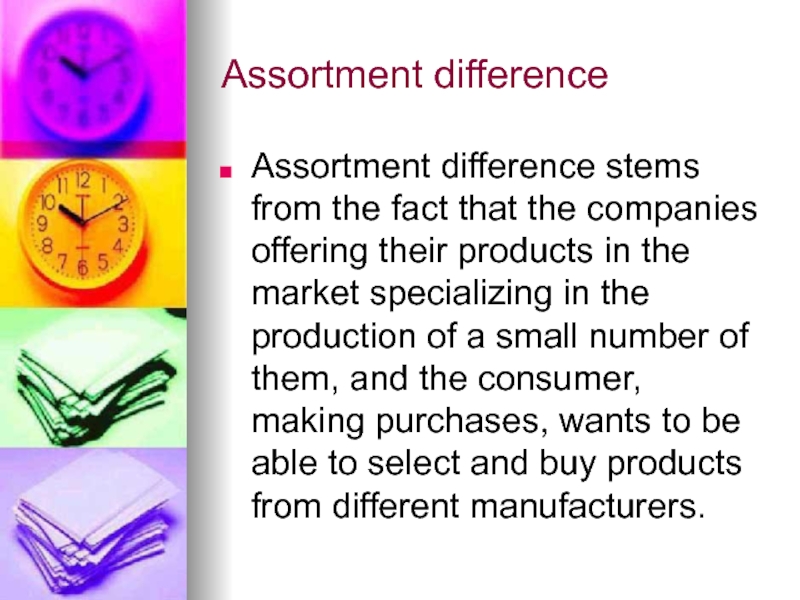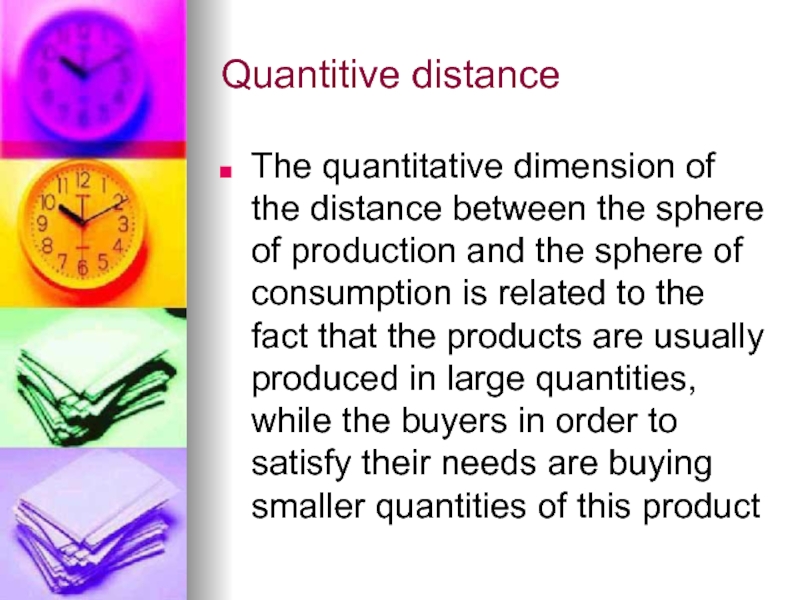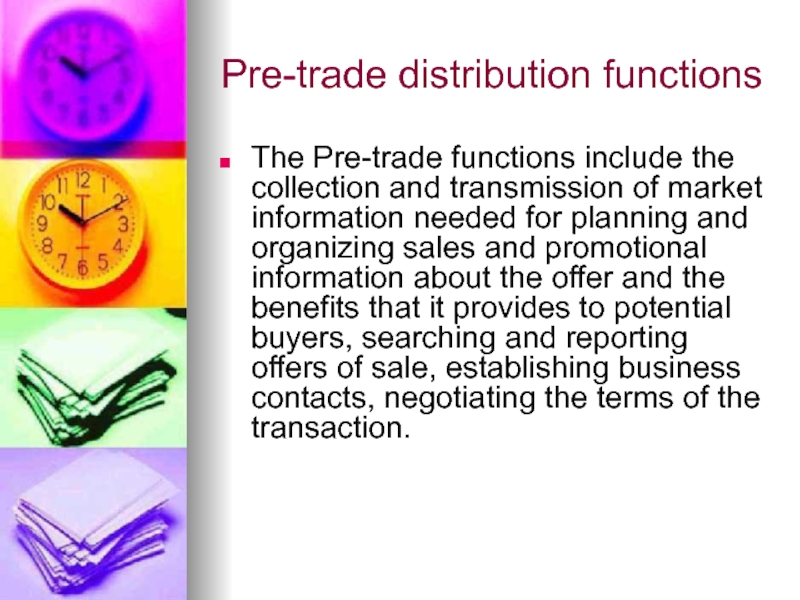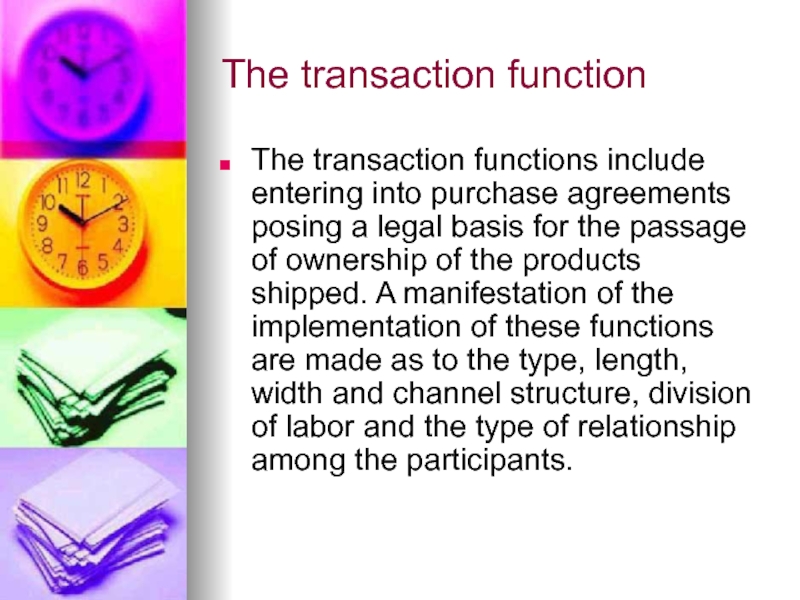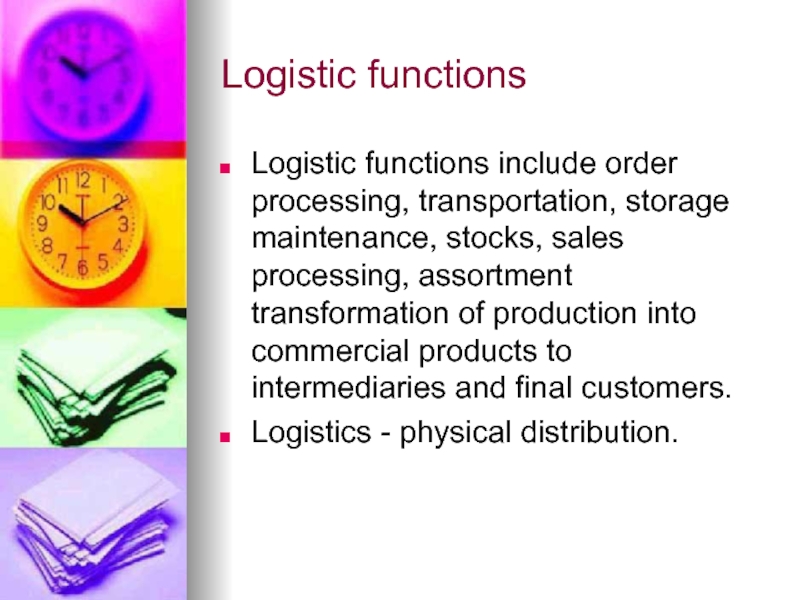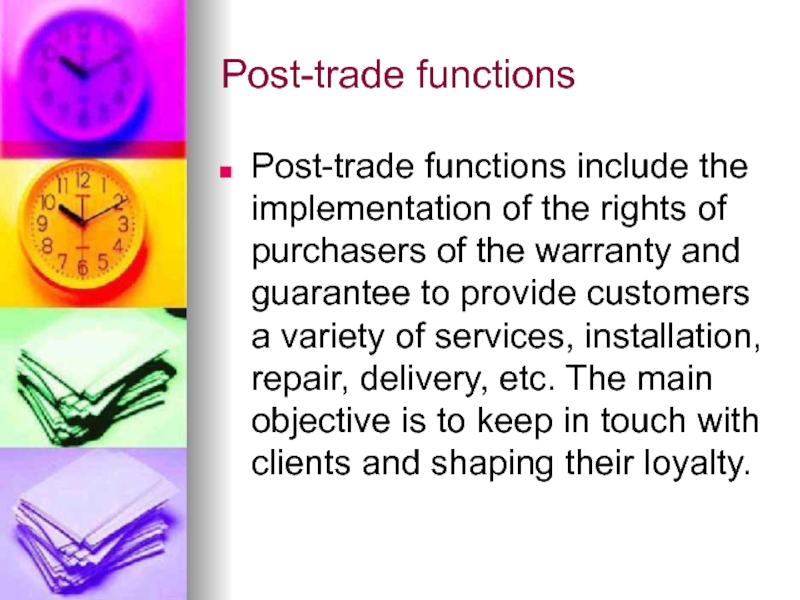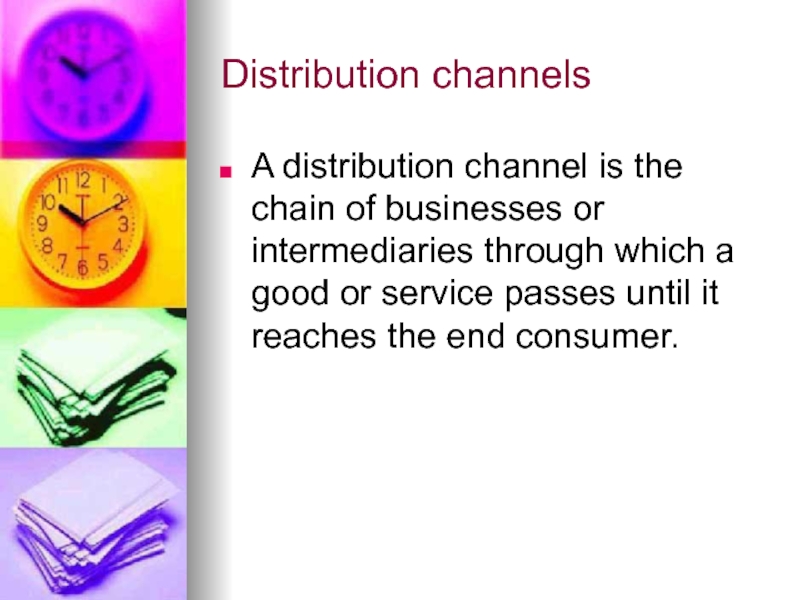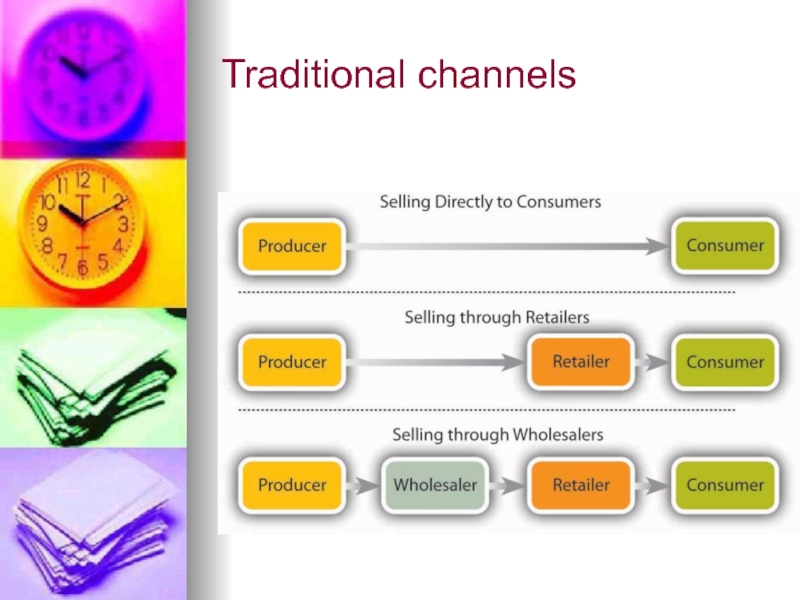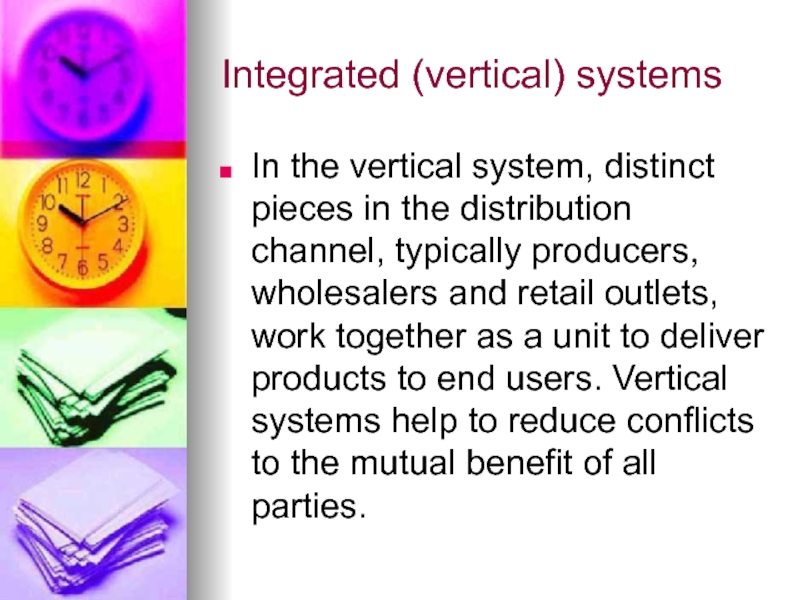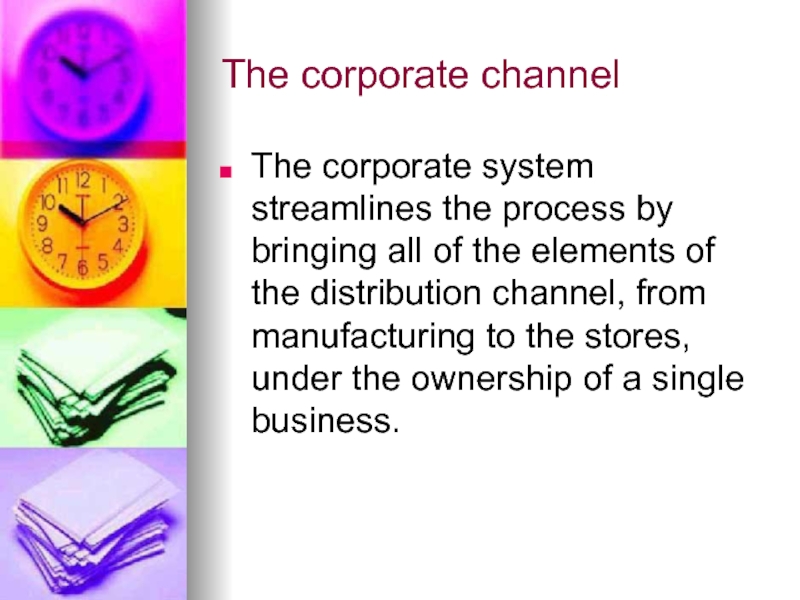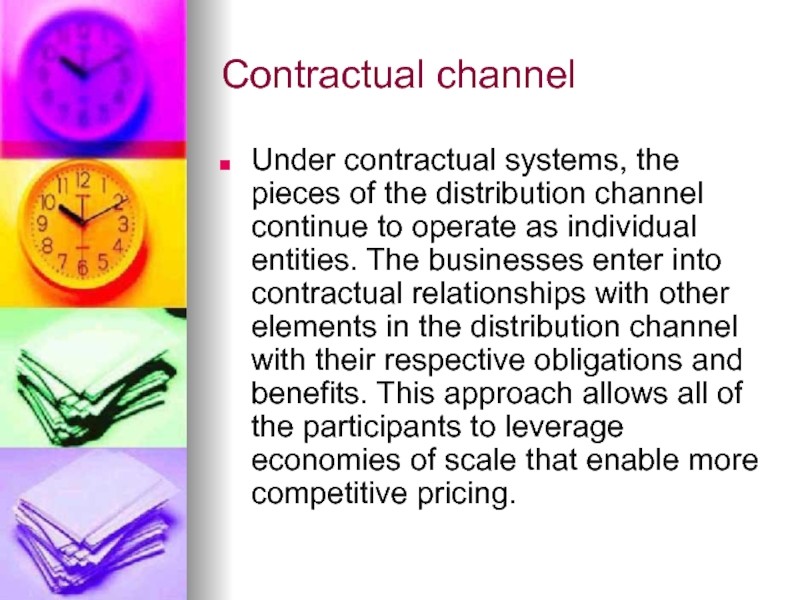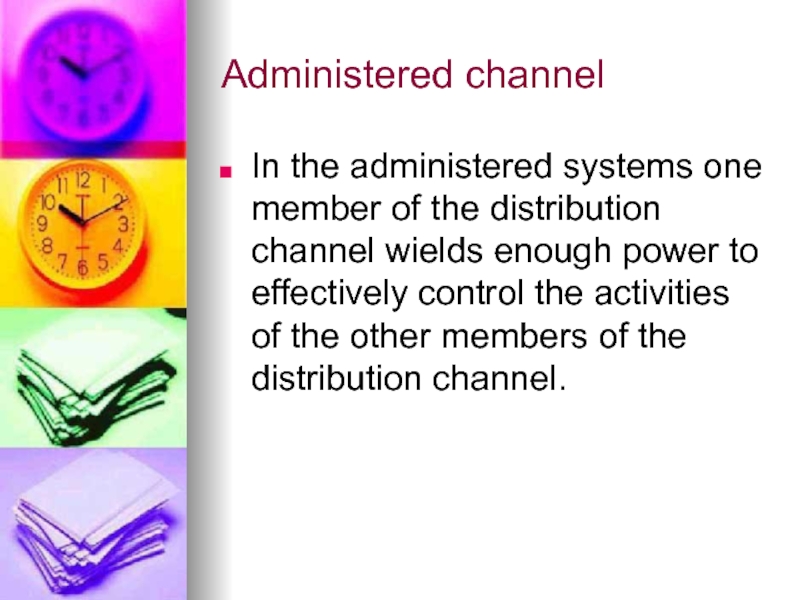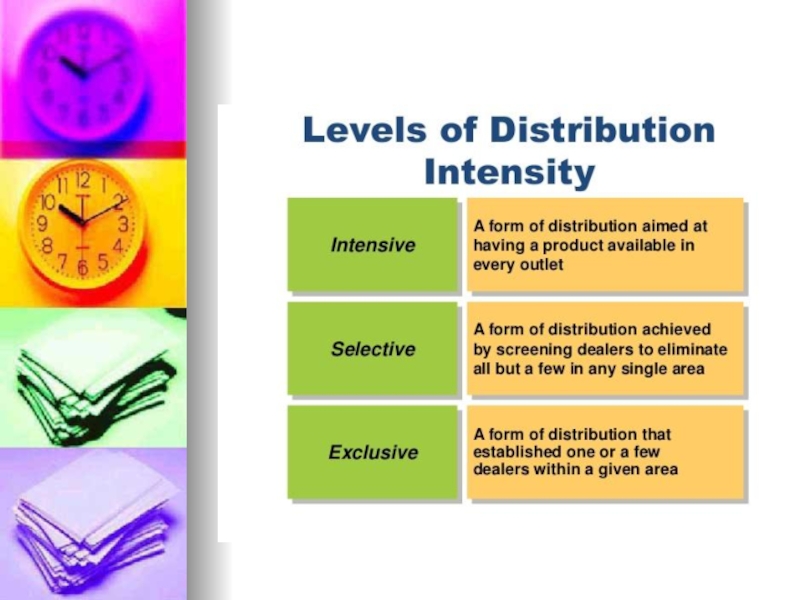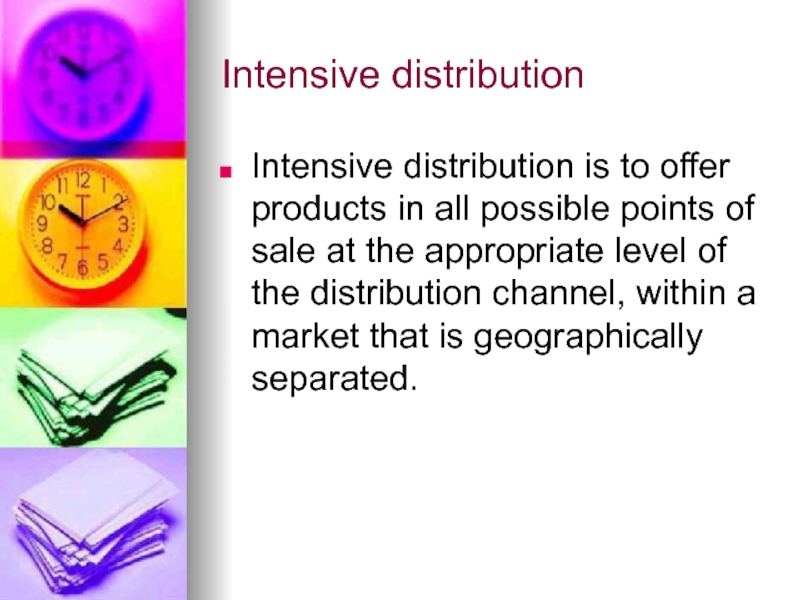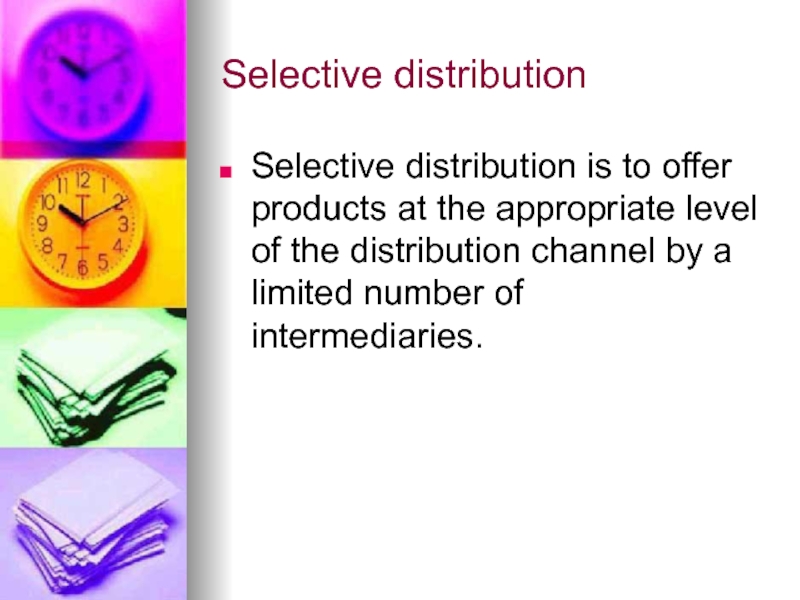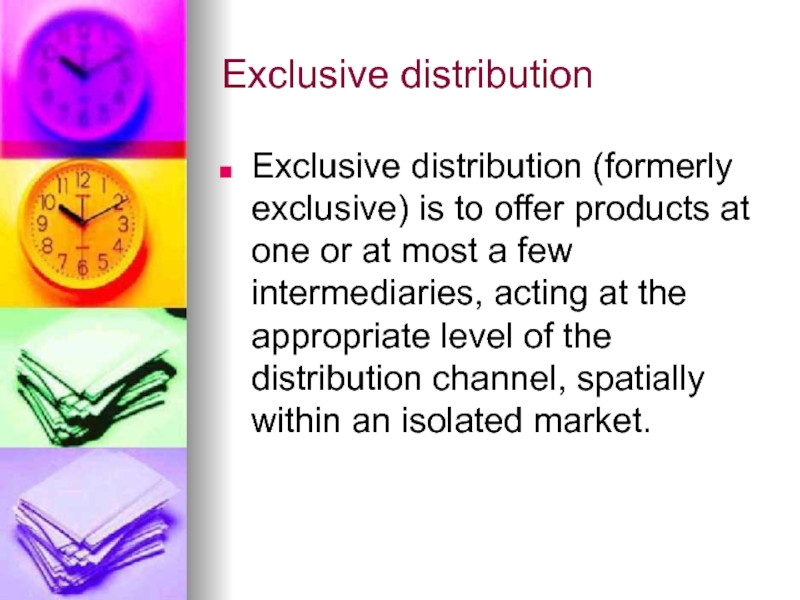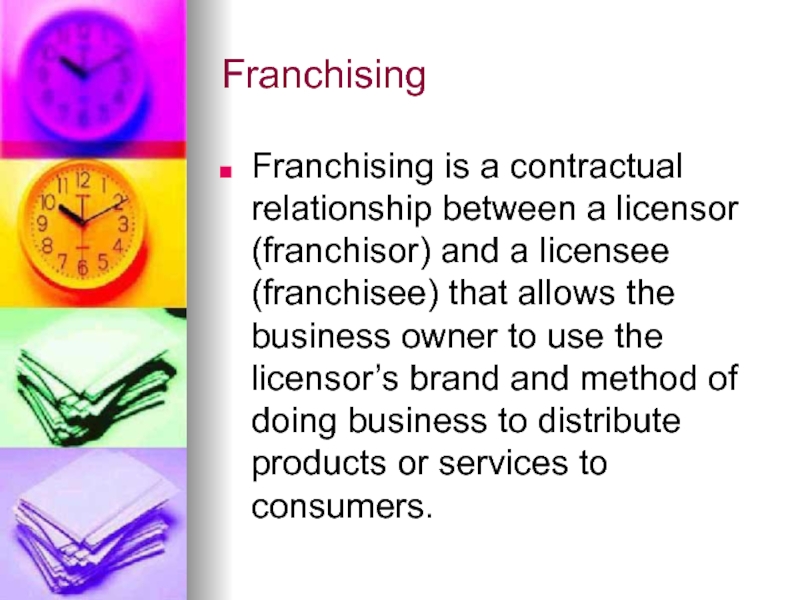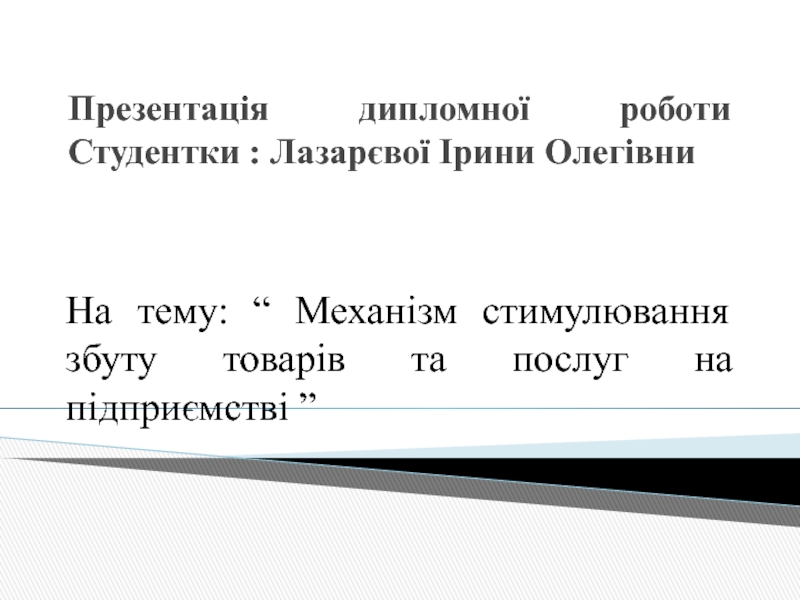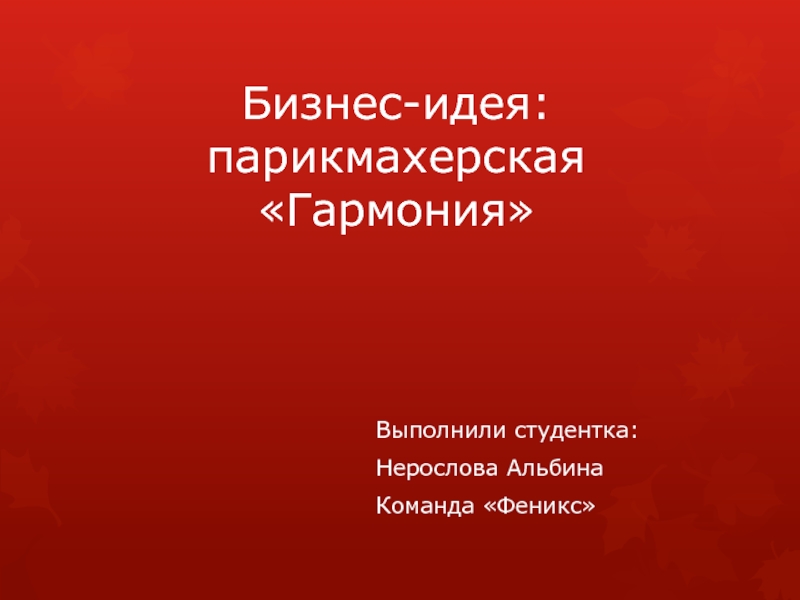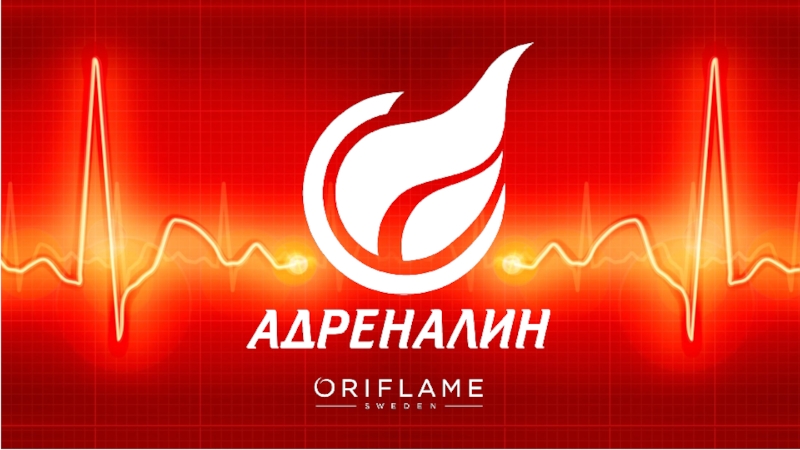- Главная
- Разное
- Дизайн
- Бизнес и предпринимательство
- Аналитика
- Образование
- Развлечения
- Красота и здоровье
- Финансы
- Государство
- Путешествия
- Спорт
- Недвижимость
- Армия
- Графика
- Культурология
- Еда и кулинария
- Лингвистика
- Английский язык
- Астрономия
- Алгебра
- Биология
- География
- Детские презентации
- Информатика
- История
- Литература
- Маркетинг
- Математика
- Медицина
- Менеджмент
- Музыка
- МХК
- Немецкий язык
- ОБЖ
- Обществознание
- Окружающий мир
- Педагогика
- Русский язык
- Технология
- Физика
- Философия
- Химия
- Шаблоны, картинки для презентаций
- Экология
- Экономика
- Юриспруденция
Distribution – the idea презентация
Содержание
- 1. Distribution – the idea
- 2. Distribution – the idea Distribution includes planning,
- 3. Distribution - definition Distribution is a set
- 4. Distribution barriers Distribution includes all activities related
- 5. Tha spatial distance The spatial distance exists
- 6. Time distance Time distance appears due to
- 7. Assortment difference Assortment difference stems from the
- 8. Quantitive distance The quantitative dimension of the
- 9. Pre-trade distribution functions The Pre-trade functions include
- 10. The transaction function The transaction functions include
- 11. Logistic functions Logistic functions include order processing,
- 12. Post-trade functions Post-trade functions include the implementation
- 13. Distribution channels A distribution channel is the
- 14. Traditional channels
- 15. Integrated (vertical) systems In the vertical system,
- 16. The corporate channel The corporate system streamlines
- 17. Contractual channel Under contractual systems, the pieces
- 18. Administered channel In the administered systems one
- 20. Intensive distribution Intensive distribution is to offer
- 21. Selective distribution Selective distribution is to offer
- 22. Exclusive distribution Exclusive distribution (formerly exclusive) is
- 23. Franchising Franchising is a contractual relationship between
Слайд 2Distribution – the idea
Distribution includes planning, organizing and controlling the movement
of finished goods from the production place to the final point of sale.
Слайд 3Distribution - definition
Distribution is a set of actions and decisions that
are associated with the provision of the product in place, time and form corresponding to the needs of the buyers.
Слайд 4Distribution barriers
Distribution includes all activities related to overcoming spatial, temporal, quantitative
and assortment differences between the sphere of production and the sphere of consumption.
Слайд 5Tha spatial distance
The spatial distance exists due to the fact that
the place of production does not coincide with the sites of consumption.
Слайд 6Time distance
Time distance appears due to differences between the time at
which the product is made and the time when the consumer wants to buy it.
Слайд 7Assortment difference
Assortment difference stems from the fact that the companies offering
their products in the market specializing in the production of a small number of them, and the consumer, making purchases, wants to be able to select and buy products from different manufacturers.
Слайд 8Quantitive distance
The quantitative dimension of the distance between the sphere of
production and the sphere of consumption is related to the fact that the products are usually produced in large quantities, while the buyers in order to satisfy their needs are buying smaller quantities of this product
Слайд 9Pre-trade distribution functions
The Pre-trade functions include the collection and transmission of
market information needed for planning and organizing sales and promotional information about the offer and the benefits that it provides to potential buyers, searching and reporting offers of sale, establishing business contacts, negotiating the terms of the transaction.
Слайд 10The transaction function
The transaction functions include entering into purchase agreements posing
a legal basis for the passage of ownership of the products shipped. A manifestation of the implementation of these functions are made as to the type, length, width and channel structure, division of labor and the type of relationship among the participants.
Слайд 11Logistic functions
Logistic functions include order processing, transportation, storage maintenance, stocks, sales
processing, assortment transformation of production into commercial products to intermediaries and final customers.
Logistics - physical distribution.
Logistics - physical distribution.
Слайд 12Post-trade functions
Post-trade functions include the implementation of the rights of purchasers
of the warranty and guarantee to provide customers a variety of services, installation, repair, delivery, etc. The main objective is to keep in touch with clients and shaping their loyalty.
Слайд 13Distribution channels
A distribution channel is the chain of businesses or intermediaries
through which a good or service passes until it reaches the end consumer.
Слайд 15Integrated (vertical) systems
In the vertical system, distinct pieces in the distribution
channel, typically producers, wholesalers and retail outlets, work together as a unit to deliver products to end users. Vertical systems help to reduce conflicts to the mutual benefit of all parties.
Слайд 16The corporate channel
The corporate system streamlines the process by bringing all
of the elements of the distribution channel, from manufacturing to the stores, under the ownership of a single business.
Слайд 17Contractual channel
Under contractual systems, the pieces of the distribution channel continue
to operate as individual entities. The businesses enter into contractual relationships with other elements in the distribution channel with their respective obligations and benefits. This approach allows all of the participants to leverage economies of scale that enable more competitive pricing.
Слайд 18Administered channel
In the administered systems one member of the distribution channel
wields enough power to effectively control the activities of the other members of the distribution channel.
Слайд 20Intensive distribution
Intensive distribution is to offer products in all possible points
of sale at the appropriate level of the distribution channel, within a market that is geographically separated.
Слайд 21Selective distribution
Selective distribution is to offer products at the appropriate level
of the distribution channel by a limited number of intermediaries.
Слайд 22Exclusive distribution
Exclusive distribution (formerly exclusive) is to offer products at one
or at most a few intermediaries, acting at the appropriate level of the distribution channel, spatially within an isolated market.
Слайд 23Franchising
Franchising is a contractual relationship between a licensor (franchisor) and a
licensee (franchisee) that allows the business owner to use the licensor’s brand and method of doing business to distribute products or services to consumers.
